Adapting Materials and Curriculum
The Universal Design for Learning (UDL)

Materials and curriculum for students with OI should be designed following the principles of the Universal Design for Learning (UDL).
UDL expanded on the idea of UD to include adapting materials and curriculum for students with all abilities, to allow all students to participate in the general curriculum (Griful-Freixenet, Struyven, Vantieghem, Gheyssens, 2019).
The three principles of UDL are that curriculum/materials should be designed to allow for multiple means of representation, expression, and engagement (CAST, 2019).
Representation
The first principle, multiple means of representation, calls for curriculum to be presented in different ways (Griful-Freixenet, et. al., 2019).
- Practitioners should consider how to present material for visual, kinesthetic, and aural learners.
Examples of UDL strategies teachers can use to represent curriculum in multiple formats:

Oral statements can be used to support auditory learners in the classroom.

Text can be used to support visual learners. The physical act of writing text can further be used to support kinesthetic learners.

Digital text can help to further support visual learners in the classroom. It may also be more accessible as a means for kinesthetic learners with OI to engage in writing, with the appropriate assistive technology supports.

Graphic symbols can be used to present information to visual learners.

Graphic organizers can be utilized to present information to visual learners. Click here for more information on using graphic organizers.
Online resources and video-based materials can be used to adapt curriculum for auditory and visual learners. Click here for a link to Access YouTube, a simplified YouTube format for students with cognitive and motoric delays.
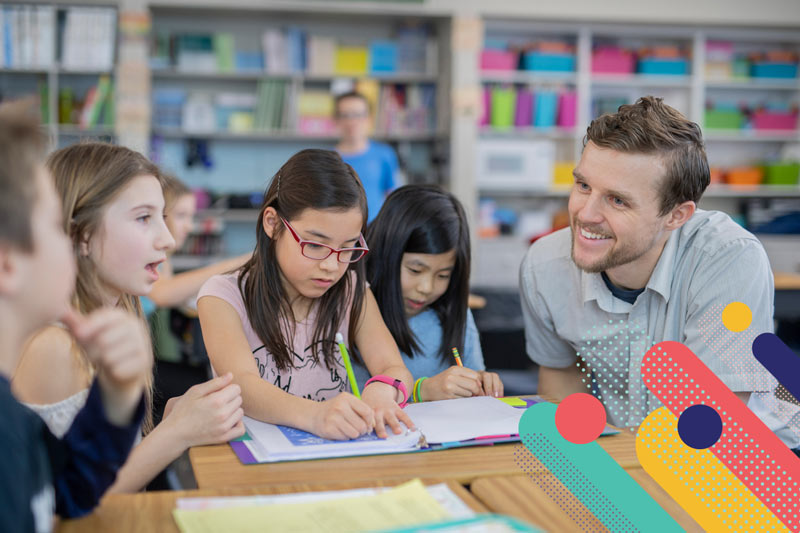
Peer or adult support groups can provide a means for supporting all the different types of learners, depending on the specific activities they engage in.
Expression
Multiple means of expression refers to allowing multiple ways for students to show what they know.
- Typical means of expression in academic contexts usually include speaking, writing, manipulating materials, and/or drawing.
Possible modalities for multiple means of expression could include:
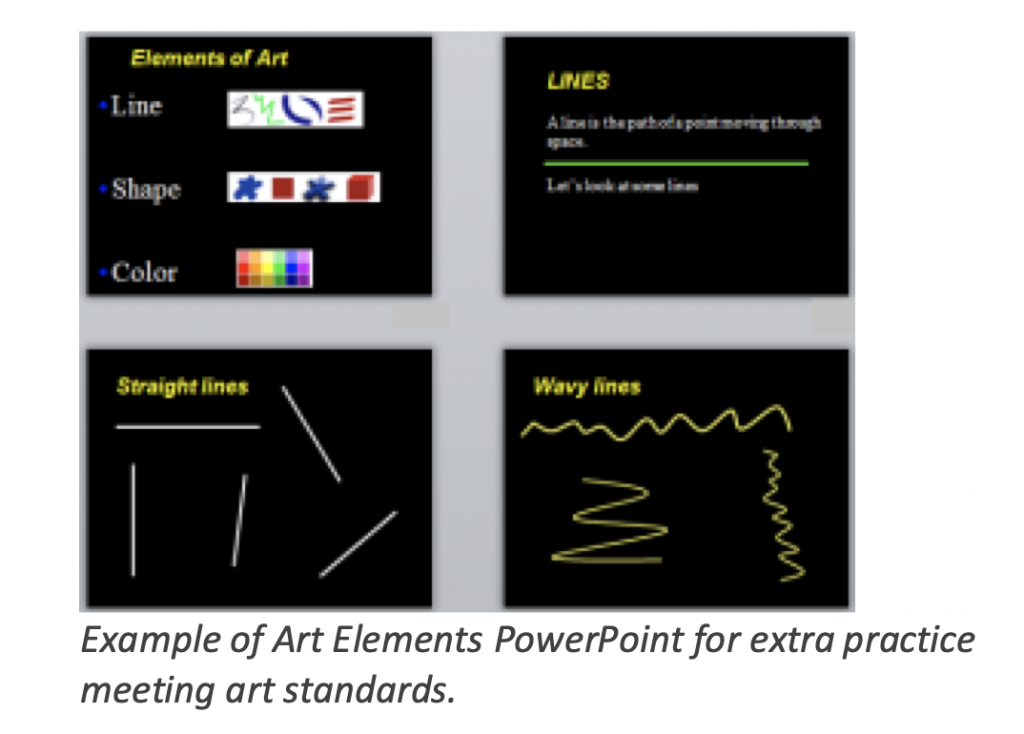
Customized software such as painting programs like Microsoft Pain, ArtElements PowerPoint, or Tux Paint can be an effective means of expression for students who can use a mouse, adapted mouse, or Eyegaze technology.

Role play and simulations can provide an alternative means of expression for students with severe motoric delays.

Presentations, possibly with the assistance of software programs, can provide an alternative means of expression. Presentations can allow for additional preparation time for students who may require the use of labor intensive assistive technology.

Peer-assisted assignments can allow for peers to assist students with OI with motoric demands that may be outside of their current ability level.
Engagement
The third principle, multiple means of engagement, requires educators to create interest and motivation using different methods (2019).
- Students with OI, for whom communication may take an incredible amount of effort, may need their special interests embedded into the curriculum in order to motivate them to participate.
Examples of UDL strategies for multiple means of engagement can include:
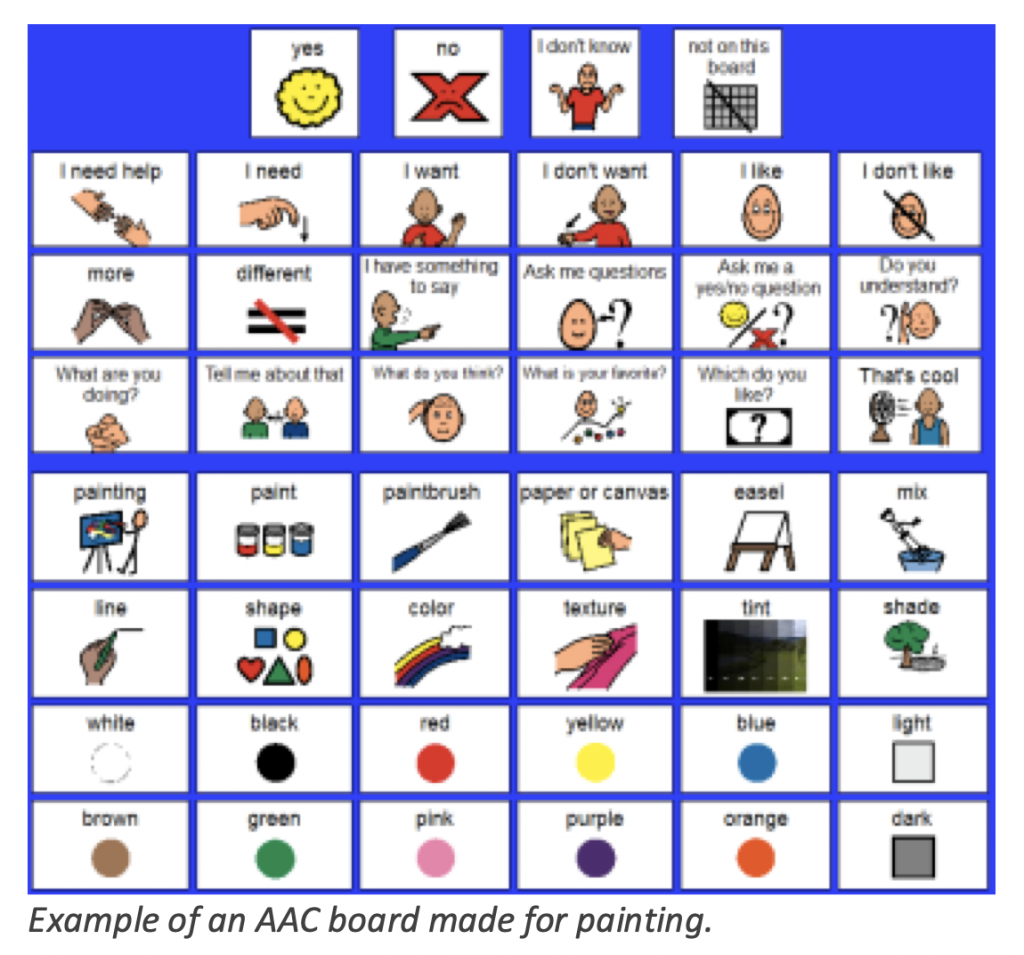
Provide choices for students regarding what activities or materials they would like to use.

Providing multiple work locations and allowing students to choose where they would like to work.

Varying the length of activities and including a mixture of these activities throughout the school day.
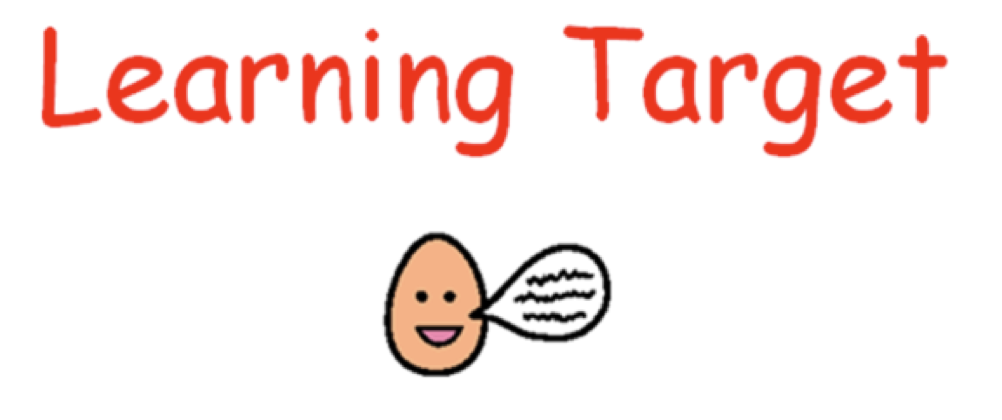
Using adapted vocabulary can make curriculum more accessible and engaging for students.
Following the principles of UDL allows for professionals to anticipate the needs of their students and help all students participate in the general curriculum.
- In addition, following these principles helps to minimize the need for further adaptations to the curriculum and materials (2019).
Click here to visit the CAST website, which provides additional resources on using UDL strategies in the classroom.
Click here for an example of a lesson plan that considers UDL strategies
Differentiated Instruction
Curriculum can be further adapted for students with OI using differentiated instruction (DI), which posits that variability is present within all groups of students (Griful-Freixenet, et al., 2019).
- DI involves differentiating a lesson by adapting the content, process, and/or product of the lesson, according to the individual interests, developmental profiles, and learning profiles of the students.
While UDL can be used during the process of creating curriculum, DI can be used to make further adaptations to the curriculum, when necessary.
- While UDL is intended to create curriculum and material that is accessible by diverse groups of students, DI can be used to create either remedial or enrichment educational experiences, depending upon student need.
- DI can be used with students with OI who are displaying decreased participation, as compared to their typically developing peers.
Examples of DI strategies teachers can use to adapt curriculum to make it accessible to students with OI can include:
Referential and descriptive teaching can be used to simplify language and provide an additional means of expression for AAC users. Using this method, teachers can ask referential questions instead of recall questions, which may require fringe vocabulary that is not available on their device (i.e., “Tell me about Mars” vs. “What is the third planet from the sun?”).

Cooperative learning (CL) involves intentionally grouping students heterogenous ability groups, and giving each a equal role within the group, in order to achieve a common learning target. CL can be further enhanced through the use of conversation books, interactive activities, and further grouping students into smaller groups of two.

Peer tutoring can help to provide academic and social support to students with severe disabilities. Peers can be trained or coached to communicate and provide feedback to their chronologically matched peer. Peers can act as a scaffold to academic, motor, and social skills that students with multiple disabilities cannot yet achieve independently.
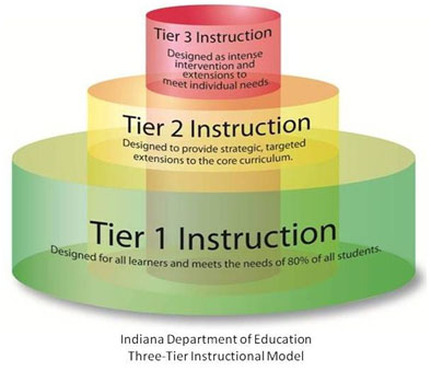
Click here to download a PDF to help plan tiered assignments.
Tiered assignments require teachers to modify curriculum using modified grade-level standards or alternate standards that align with these academic standards. Grade-level standards can be modified by including less objectives in the content area or by using simpler content from earlier grades. To create tiered assignments, teachers should complete a task analysis , identify the skill continuum (the skills required to complete a task), identify the student’s skill level, determine adaptations required for the student to access the assignment, and identify what adaptations the student will need to respond (means of expression).
Project-based learning involves students working to answer a question or solve a problem, then creating a final product to show what they learned. Projects are student directed, and help to build a deep knowledge of the content area. Click here for more information on project-based learning.
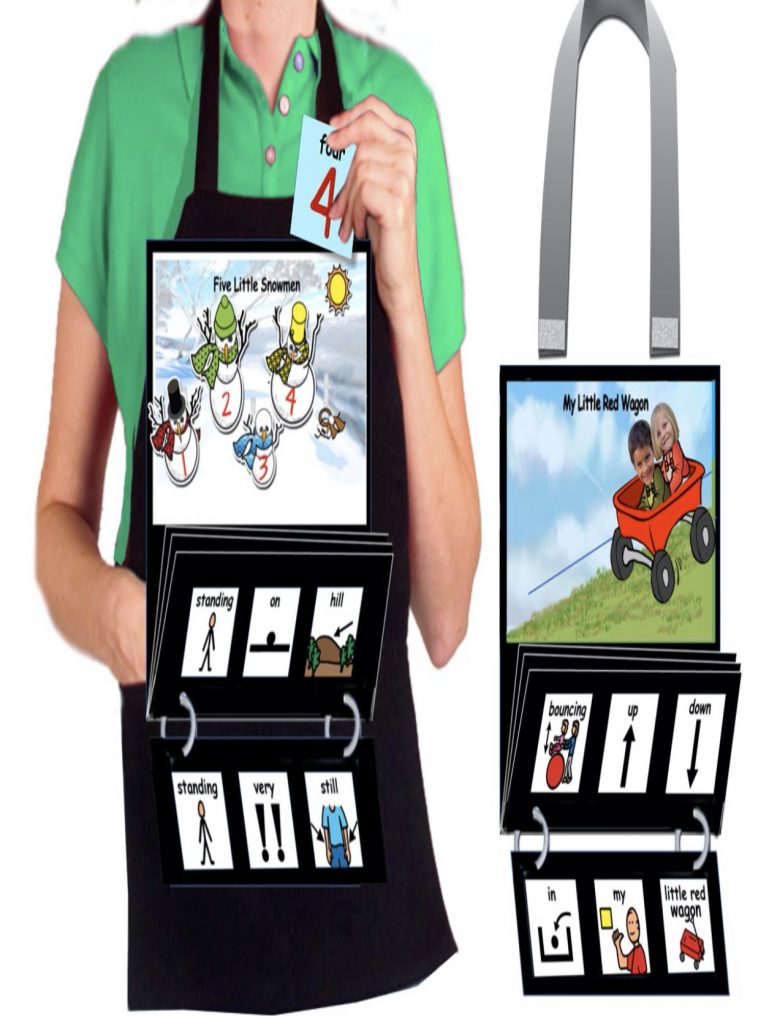
Students with OI who also have complex communication needs may not have the auditory comprehension to benefit from curriculum that is spoken or read to them. Visual supports such as symbols, pictures, photos, 3D objects, or partial objects may help these students to comprehend the curriculum.

Teachers can utilize redundancy by saying, showing, and doing what they want their students to do. Then they should say it differently, show in another context, and do it with different materials. Repetition with variety helps to cement understanding!

Break down complex topics into smaller parts, and teach these parts over time. This can be effective for concepts that have natural sequences, such as semantic instruction. An example of this could be teaching the meaning of the word, then teaching additional meanings and forms at a later date.
DI also calls for frequent progress monitoring to ensure all students are achieving the minimum level of mastery required, which is in alignment with the participation model.
